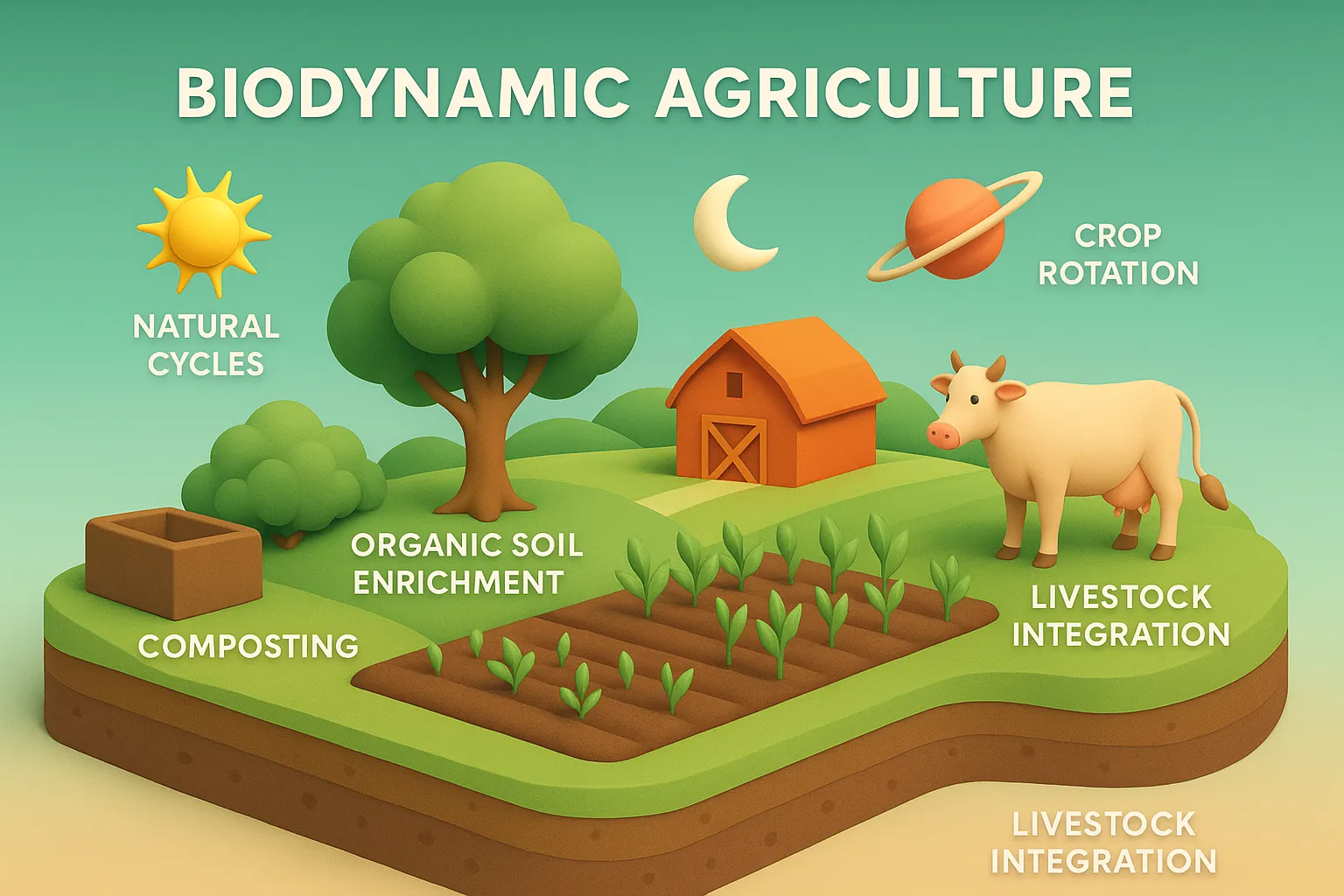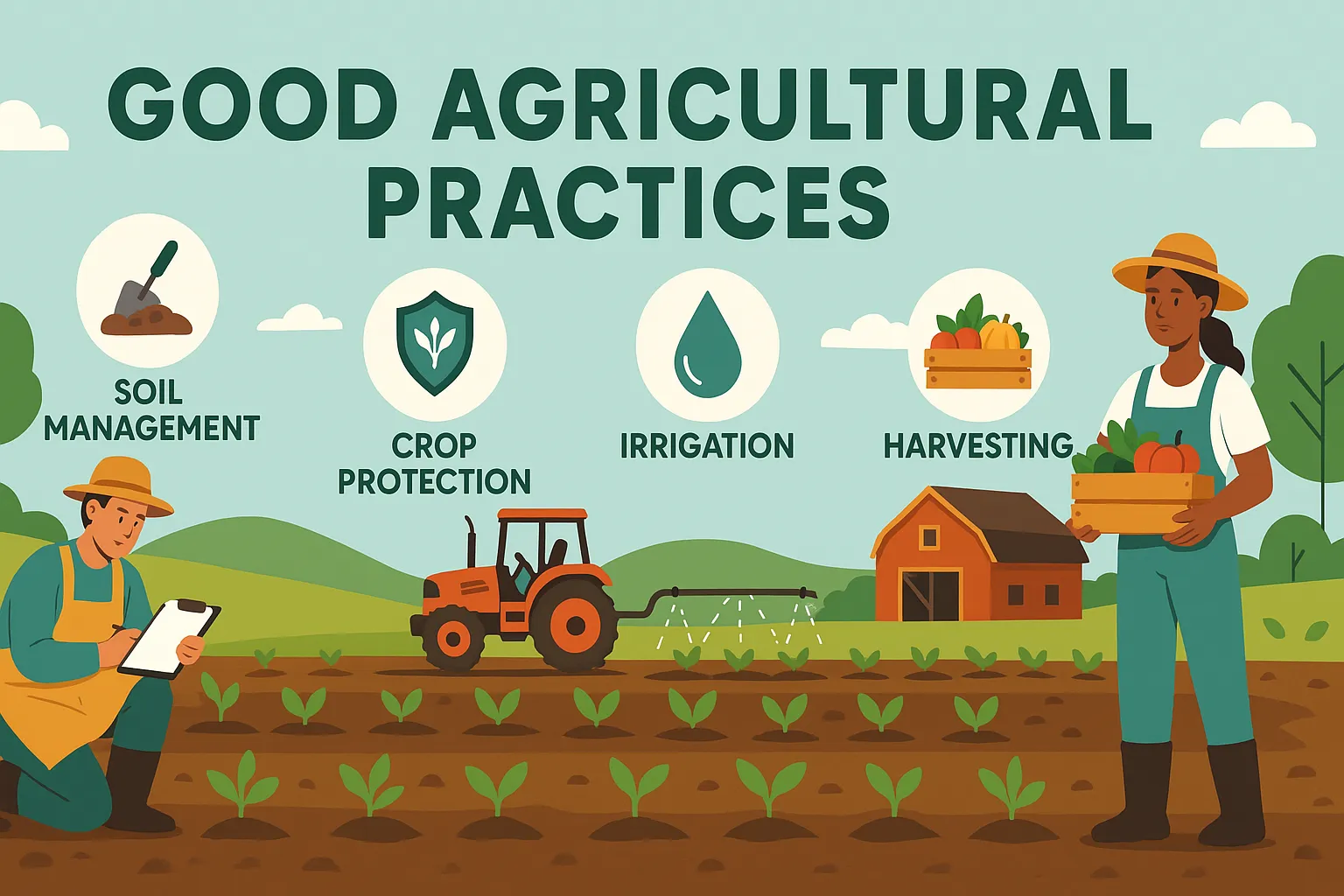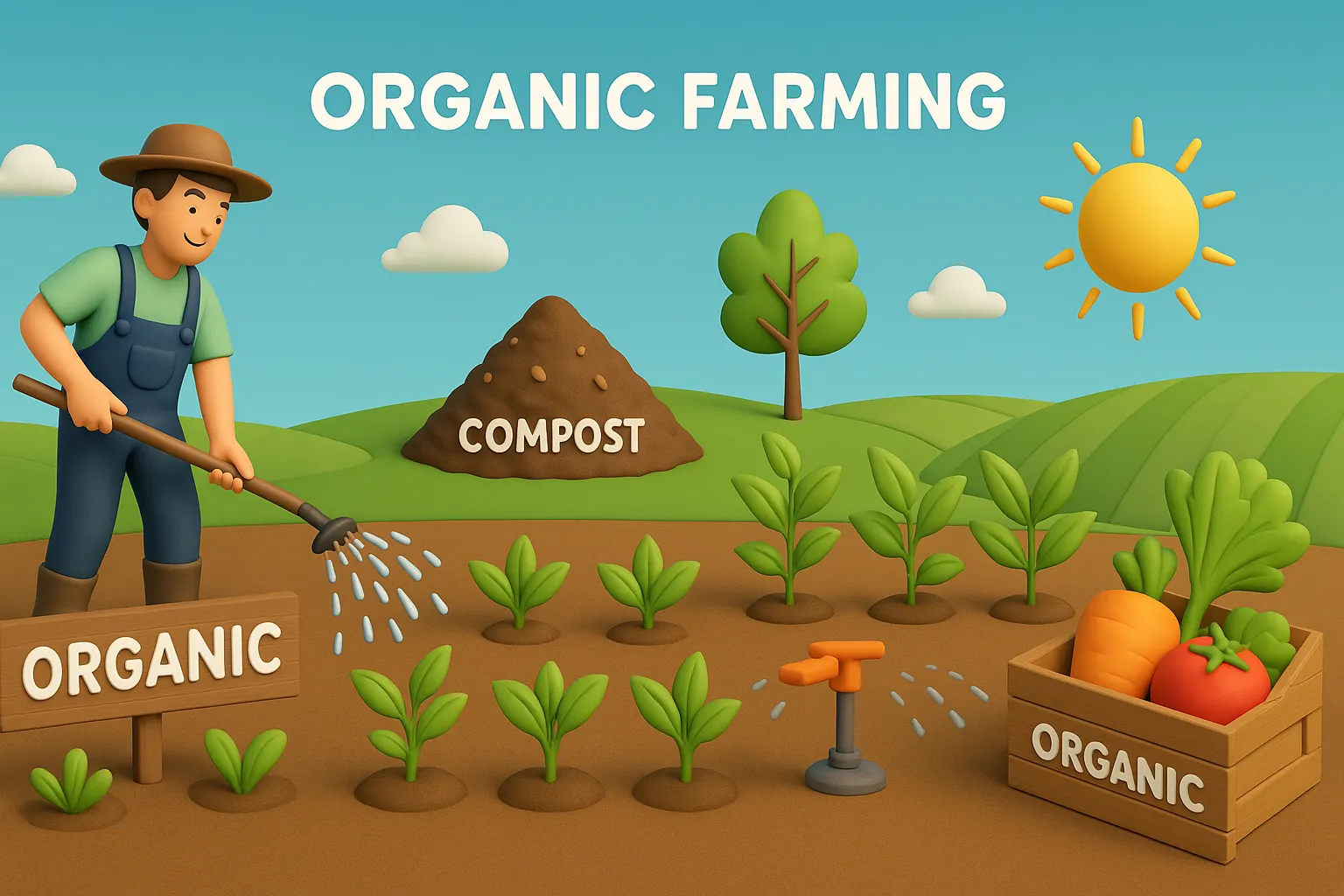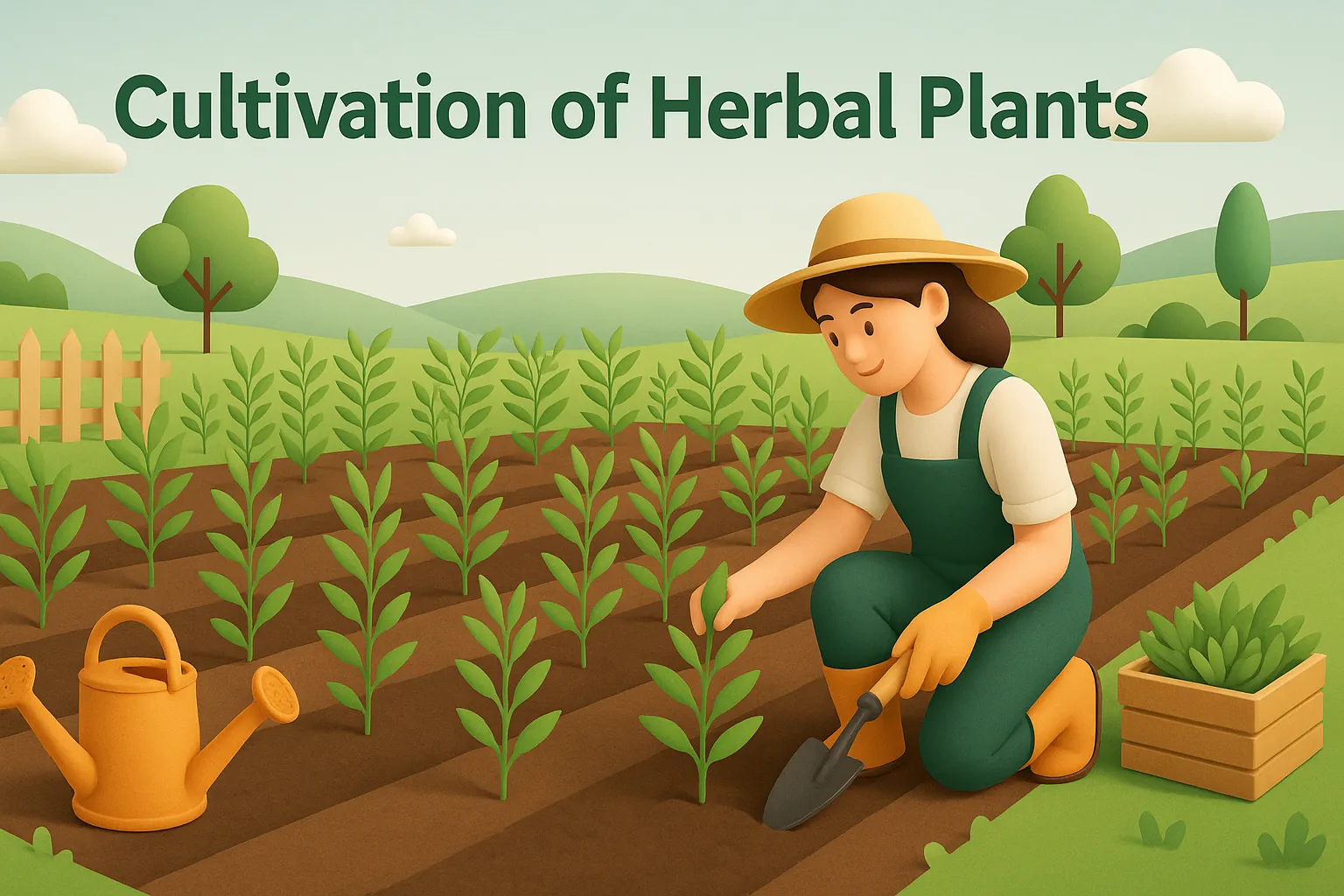Biodynamic Agriculture
Biodynamic Agriculture is a holistic farming system using organic methods, lunar cycles, and natural preparations for soil and crop health. Biodynamic agriculture is a holistic and sustainable farming approach that treats the farm as a self-sustaining organism. It emphasizes natural soil enrichment, biodiversity, and working with natural rhythms like lunar and astronomical cycles. Key Principles: … Read more










